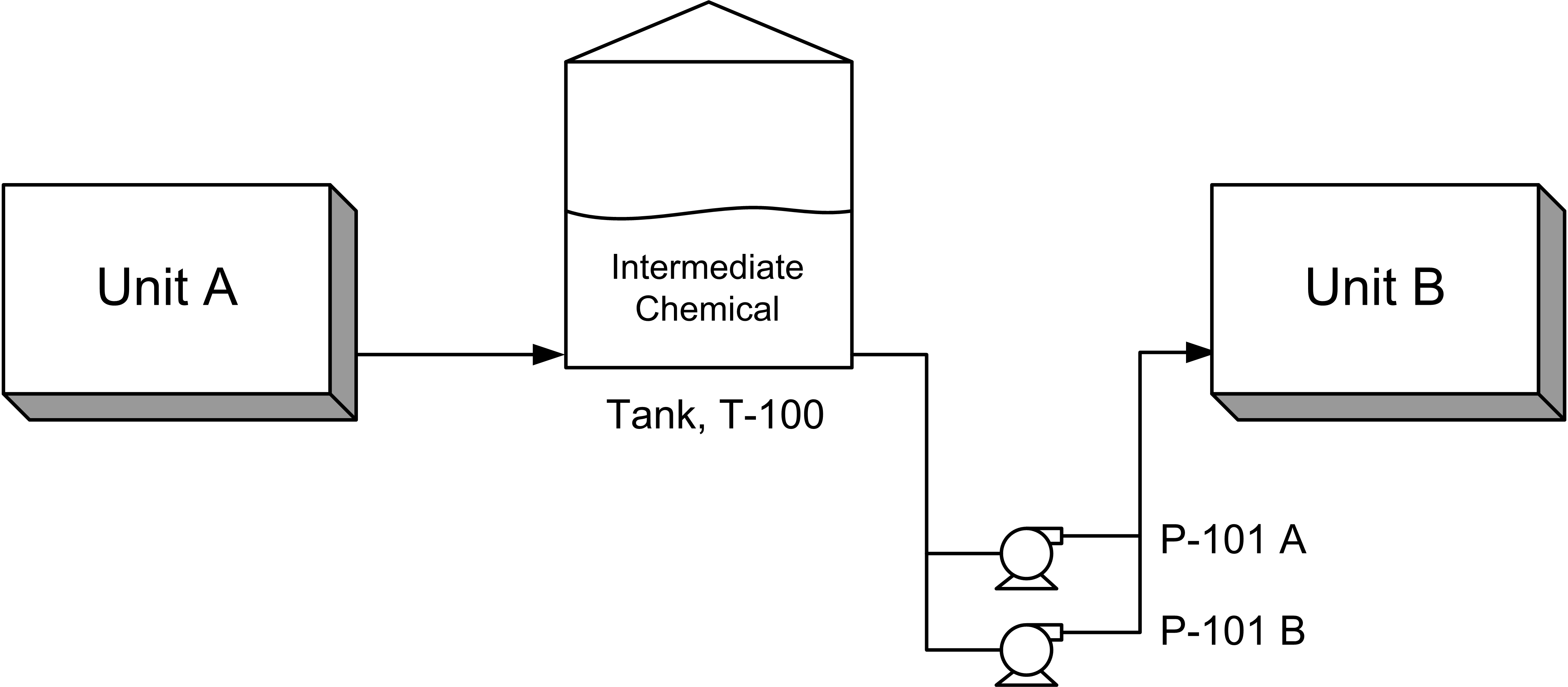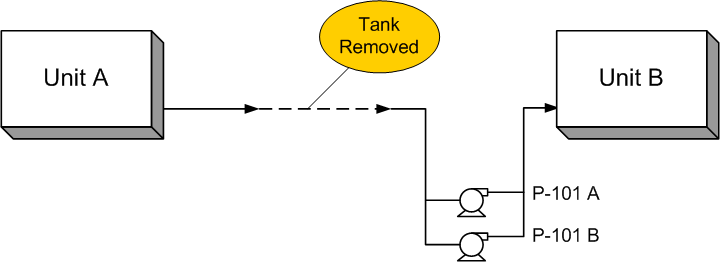A Forcing Function
The material in this post is taken from the blog A Forcing Function.
The conflict in Ukraine has highlighted the dependence of western Europe on the oil and gas supplied by the Russian Federation. The European countries have imposed harsh commercial and financial restrictions on Russia, but they are reluctant to stop the energy flows. Their hesitancy is understandable. As The World Economic Forum states,
Europe is heavily dependent on Russia for its oil and gas. In 2021, two-fifths of the gas Europeans burned came from Russia. And over a quarter of the EU’s imported crude oil comes from Russia.
So, we have a situation where the countries of western Europe wish to impose sanctions on Russia. However, if they stop the flow of energy from that country they appear to be cutting off their noses to spite their faces.
The standard response to this dilemma takes two parts:
-
Find and install alternative sources of energy such as LNG (liquefied natural gas) from the United States.
-
Gradually reduce dependency on Russian energy supplies to the point where it is feasible to implement energy sanctions.
An alternative response is to create a forcing function by switching the order of the above responses. In other words,
-
Impose an immediate embargo on the energy supplied by Russia.
-
We are now forced to find alternative supplies of energy and/or develop new types of energy supply, such as nuclear or offshore wind.
The principles of ‘Just in Time/Lean Management’ illustrate this approach.
A principle of lean management is to reduce intermediate inventories of goods and spare equipment. Companies do this, not because inventory is a bad thing in an of itself. They do it because the lack of intermediate inventory forces managers on both sides of the fence to make their operations more efficient. In other words, these companies do not increase efficiency to reduce inventory, they reduce inventory to improve efficiency.
Consider the following simple example.
A chemical company has two operating units: A and B. Unit A produces an intermediate chemical that is stored in Tank, T-100. That chemical is then pumped through pumps P-101 to Unit B. T-100 has sufficient capacity for one hour of production of the intermediate chemical. If the tank operates half full this gives the managers on both sides 30 minutes of slack time in which they can take care of operational upsets.

Management decides to remove T-100 so there is a direct flow from Unit A to Unit B, as shown.

This decision forces managers in both units to make their operations more reliable because they no longer have the convenience of 30 minutes of slack time.
If this approach were applied to the Europe/Russia energy link then the flow of oil and gas would be cut off. This would force politicians and energy companies in Europe to take actions such as:
-
Quickly finding new sources of energy, such as LNG from the United States;
-
Building alternative energy sources, such as offshore wind power; and
-
Making all operations much more energy efficient.
Even if relations between Europe and Russia were to improve such that trade were to resume, these benefits would remain. Europe’s energy systems would continue to be more resilient, and the efficiency gains would become permanent.
